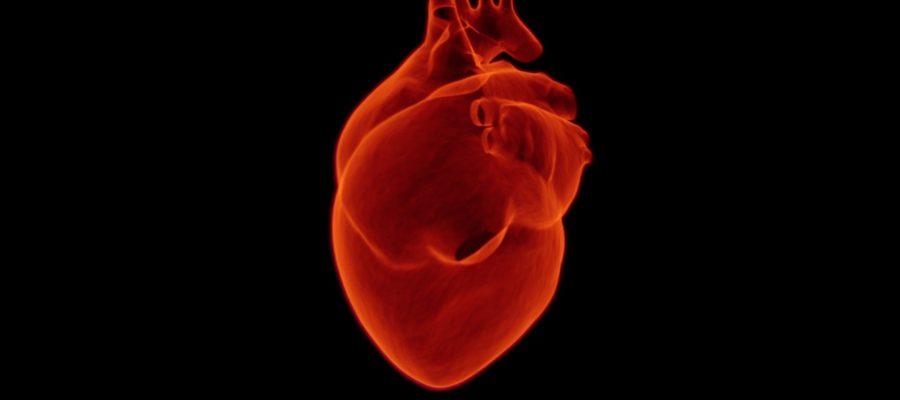
Research on spontaneous coronary artery dissection, or SCAD, has exploded in the last decade, says Dr. Sharonne N. Hayes, a Mayo Clinic cardiologist and a leading expert on this rare heart condition.
Though there have been many advancements in understanding SCAD, Dr. Hayes says there is still much to learn, including why 90% of these types of heart attacks happen to nonstereotypical heart attack patients—young women.
SCAD, or spontaneous coronary artery dissection, is a type of heart attack. It happens when a tear forms in a blood vessel in the heart. It can slow or block blood flow, causing a heart attack.
“These individuals are 90% women, and often really don’t have much in the way of the traditional heart risk factors,” says Dr. Hayes.
They may be athletes, young mothers or teens. That’s the challenge.
“It is a heart attack—and a patient who doesn’t look like they should be having a heart attack,” she says.
Symptoms for SCAD may include:
- Chest pain
- A rapid heartbeat or fluttery feeling in the chest
- Pain in the arms, shoulders, back or jaw
- Shortness of breath
- Sweating
- Unusual, extreme tiredness
- Nausea
- Dizziness
Most people who have SCAD usually have other abnormalities in other arteries in their bodies.
“There may be some genetic factors, we know that there is no SCAD gene, specifically,” says Dr. Hayes.
She tells patients to have hope.
“There is life after SCAD and hope after SCAD because the research is really burgeoning. And we know so much more than we did even a decade ago,” Dr. Hayes says.
2023 Mayo Clinic News Network.
Distributed by Tribune Content Agency, LLC.
Source: Read Full Article
